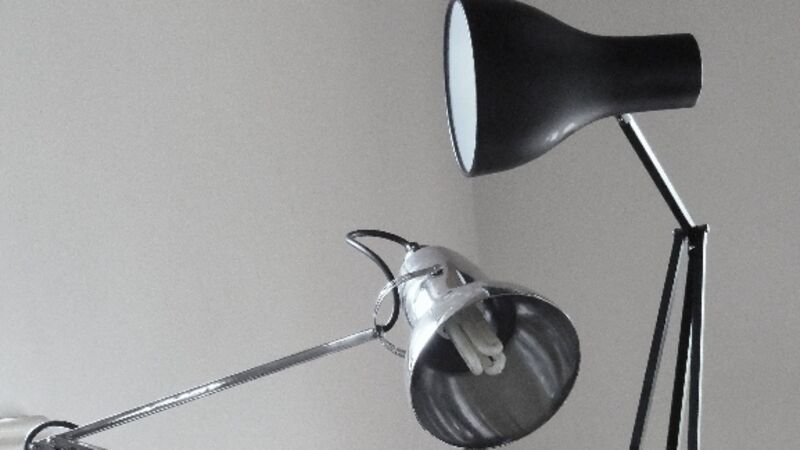Vintage View: Anglepoise 75

In 1949, the intimate pool of light honed by the Anglepoise lamp was deemed likely to produce ‘furtive’ and ‘degenerative’ programming ideas amongst the writing staff of the Variety Department. Unless another less shady character was illuminating the room, the Anglepoise was prohibited as a conduit of ‘smut’ and’ innuendo’ by Michael Standing’s infamous Green Book.
Well, now you really want one, don’t you? The skeletal elegance and mechanical talent of the Anglepoise lamp depends above all on the design of its springs. In 1932, automotive engineer, George Carwardine having come up with a new spring system which delivered a constant, steady tension, was unsure of its application.













